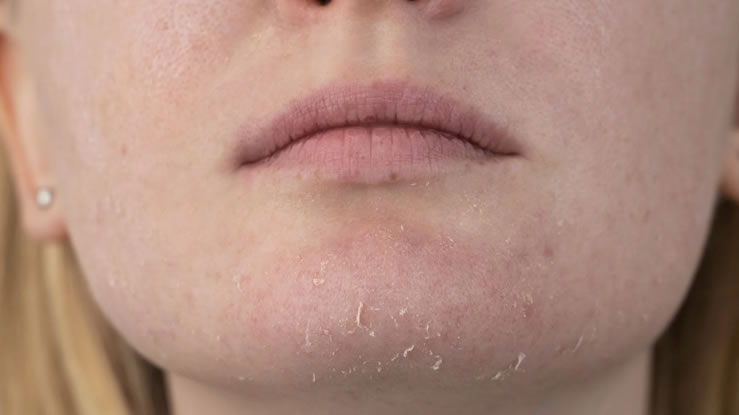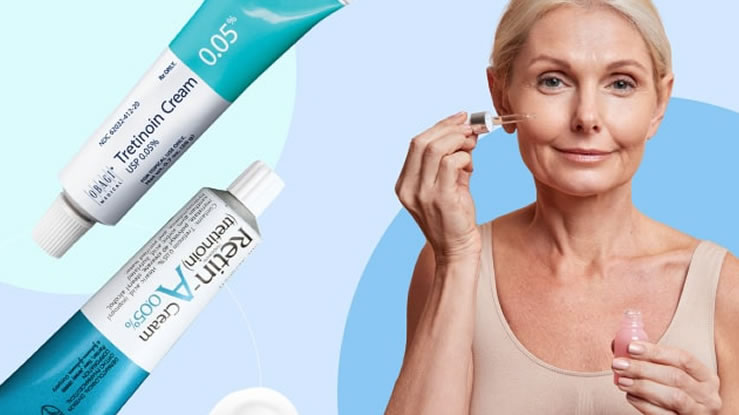In the ever-evolving world of aesthetic treatments, dermal fillers have become a cornerstone of non-surgical rejuvenation. Among them, RHA fillers short for Resilient Hyaluronic Acid have been creating buzz in beauty circles, med spas, and dermatology clinics. But what exactly makes RHA different, and is it truly better than traditional fillers like Juvederm or Restylane? Let’s break it down.
Understanding RHA Fillers
RHA fillers were developed by Swiss company TEOXANE and are the first FDA-approved fillers designed to adapt to facial movement. Unlike traditional fillers, RHA uses a more advanced cross-linking process that preserves the natural structure of hyaluronic acid. This means that while other fillers might feel stiffer or look static, RHA fillers move with your skin for a more natural look and feel.
What Makes RHA Fillers Unique?
The standout feature of RHA is its “resilient” design. Traditional fillers are often cross-linked with more chemical agents to make them durable, but this can lead to a firmer texture. RHA fillers use a gentler process that keeps the hyaluronic acid chains longer and closer to their natural state. As a result, the filler integrates more smoothly into the skin, maintaining flexibility even in areas that move frequently like the mouth, cheeks, and forehead.
The Four Types of RHA Fillers
-
RHA 2 – Designed for fine lines and moderate wrinkles, especially around the mouth.
-
RHA 3 – Targets deeper lines and folds, like the nasolabial folds.
-
RHA 4 – Ideal for contouring and volume restoration in areas like the cheeks and jawline.
-
RHA Redensity – A lighter formulation that works wonders for delicate areas such as under the eyes and around the lips.
Each filler type serves a specific purpose, giving practitioners the flexibility to tailor treatments for natural-looking results.
RHA vs. Traditional Fillers: The Key Differences
-
Natural Movement: RHA fillers move with your facial expressions, while many other fillers remain static.
-
Longevity: RHA fillers typically last between 12–15 months, which is comparable or slightly longer than other HA fillers.
-
Texture: RHA is smoother and more elastic, making it ideal for dynamic areas.
-
Downtime: Similar to other fillers, downtime is minimal, though some users report less swelling with RHA.
-
Composition: RHA contains fewer chemical modifications, which may make it more biocompatible with your skin.
Why People Love RHA Fillers
Patients often rave about how natural their results look. The filler blends seamlessly, giving skin a plump, hydrated, and youthful glow without the “overfilled” look that sometimes occurs with traditional injectables. Many dermatologists also appreciate that RHA fillers are adaptable they can be used for both subtle enhancements and more dramatic results.
Is RHA Safer Than Other Fillers?
RHA fillers have a similar safety profile to other hyaluronic acid fillers. Because they are made from a substance naturally found in the body, allergic reactions are rare. However, like all injectables, side effects such as swelling, bruising, or tenderness can occur. It’s crucial to choose a licensed, experienced injector to minimize risks and ensure even, precise application.
How Long Does RHA Filler Last?
Clinical studies show that RHA fillers can last up to 15 months depending on the area treated and individual metabolism. This longevity is attributed to the unique cross-linking process that helps the filler resist breakdown while maintaining flexibility.
Where Can You Use RHA Fillers?
RHA fillers are versatile and can be used in several facial areas:
-
Lips and lip lines
-
Nasolabial folds (smile lines)
-
Marionette lines
-
Cheeks and temples for added volume
-
Jawline definition
-
Under-eye hollows (RHA Redensity)
Are RHA Fillers Worth It?
While RHA fillers tend to be more expensive than traditional ones, many patients find them worth the investment. The natural finish, improved elasticity, and longer-lasting effects make RHA a top choice for those seeking subtle, refreshed beauty rather than dramatic change.
Expert Opinions
Dermatologists and cosmetic surgeons worldwide praise RHA for its innovation. They emphasize its ability to preserve facial movement while restoring youthfulness. Unlike older fillers that sometimes gave a “frozen” look, RHA allows patients to smile, laugh, and emote freely without visible stiffness.
RHA Filler Maintenance Tips
-
Hydrate: Drink plenty of water to keep your skin plump and the filler hydrated.
-
Avoid extreme heat: Steer clear of saunas and sunbeds for a few days after treatment.
-
No vigorous exercise: Wait 24–48 hours before engaging in intense workouts.
-
Gentle skincare: Use mild cleansers and avoid harsh exfoliants post-treatment.
-
Regular touch-ups: Schedule maintenance sessions annually to sustain results.
Potential Drawbacks of RHA Fillers
While RHA fillers are innovative, they may not be ideal for everyone. They can be more expensive, and results may vary depending on the injector’s skill. Also, people with very deep wrinkles or significant sagging might need complementary treatments like skin tightening or thread lifts for optimal results.
How to Choose Between RHA and Other Fillers
If you’re looking for natural, dynamic movement and longer-lasting hydration, RHA might be your best choice. However, for targeted sculpting or dramatic volume much as lip plumping or cheek contouring other fillers like Juvederm Voluma or Restylane Lyft could be equally effective. The best approach is to consult a certified aesthetic practitioner who can recommend what suits your goals and facial anatomy.
The Future of RHA Fillers
The popularity of RHA fillers continues to grow, especially as consumers increasingly value subtle, natural beauty. As more clinics adopt this technology, we’re likely to see new formulations and advanced techniques that push the boundaries of facial rejuvenation even further.
RHA fillers have revolutionized the filler market by offering results that look and feel more natural than ever. They bridge the gap between flexibility and longevity something that was difficult to achieve with traditional fillers. While the “best” filler depends on individual needs, RHA is undoubtedly one of the most promising innovations in cosmetic dermatology.
In short: RHA fillers stand out for their natural movement, smoother texture, and lasting results. Whether you want to smooth fine lines, restore volume, or subtly enhance your features, RHA fillers might just be the secret to looking refreshed, not “redone.”
Related Article

















